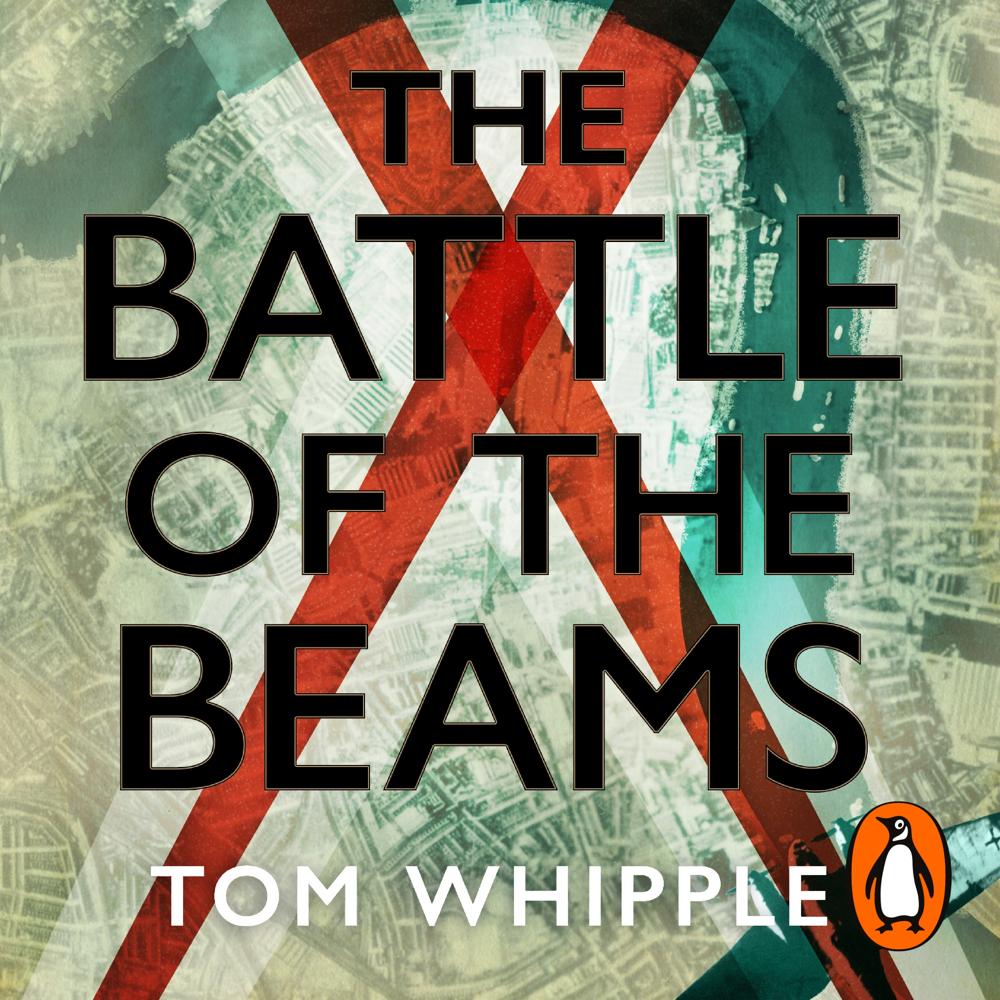
The Battle of the Beams
- Author Tom Whipple
- Narrator Tom Whipple
- Publisher Transworld
- Run Time 9 hours and 9 minutes
- Format Audio
- Genre Biography and non-fiction prose, Biography: science, technology and medicine, History, History of science, Radar technology, Science: general issues, Second World War, Society and Social Sciences, Theory of warfare and military science.
Titles Purchased
- 1-5
- 6-10
- 11-15
- 16-20
- Over 20
Price p/Title
- £7.99
- £6.99
- £5.99
- £4.99
- £3.99
Listen to a sample
What to expect
Brought to you by Penguin.
Summer 1939. War is coming.
The British believe that, through ingenuity and scientific prowess, they alone have a war-winning weapon: radar. They are wrong. The Germans have it too.
They believe that their unique maritime history means their pilots have no need of navigational aids. Flying above the clouds they, like the seafarers of old, had the stars to guide them, and that is all that is required. They are wrong. Most of the bombs the RAF will drop in the first years of the war land miles from their target.
They also believe that the Germans, without the same naval tradition, will never be able to find targets at night. They are, again, wrong. In 1939 the Germans don't just have radar to spot planes entering their airspace, they have radio beams to guide their own planes into enemy airspace.
War is coming, and it is to be a different kind of war. It will be fought, as expected, on land and sea and in the air. It will also be fought on the airwaves. It will be fought between scientists on both sides at the forefront of knowledge, and the agents and commandos they relied on to bolster that knowledge.
Luckily there was one young engineer, Reginald Jones, helping the British government with their own scientific developments. In June 1940, when Jones quietly explained the beams the Germans had devised to a room full of disbelieving sceptics, Churchill later described the moment as like sitting in the parlour while Sherlock Holmes finally reveals the killer. Churchill immediately supported Jones's efforts to develop radar technology that went on to help the Allies win the war.
Relying on first-hand accounts from Reginald Jones as well as papers recently released by the Admiralty, The Battle of the Beams fills a huge missing piece in the canon of WW2 literature. It is a tale that combines history, science, derring do and dogged determination and will appeal as much to fans of WW2 history as to those fascinated by the science behind the beams that changed our lives.
The radio war of 1939-45 is one of the great scientific battles in history. This is the story of that war.
©2023 Tom Whipple (P)2023 Penguin Audio
Critics Review
-
Many histories claim without justification that their particular area of study changed the course of the Second World War. Whipple’s deeply researched and engagingly written account of the secret science of radar is, by contrast, a genuine contender.
The Times -
The struggle for electronic supremacy, the so-called battle of the beams, is enthrallingly recreated by Tom Whipple in a book that has the pace and style of a well-crafted thriller.
Mail on Sunday -
The gripping true story of a war fought in the shadows. From critical strategic decisions made in Whitehall to daring special forces operations behind enemy lines, Tom Whipple has vividly brought to life a scientific arms race that would determine the outcome of the war. Chock full of memorable characters and written with all the drama and pace of a Robert Harris thriller, The Battle of the Beams reminds us that both brains and brawn were required to stay ahead of a sophisticated and dangerous enemy. Not all heroes wear capes. Some wear lab coats.
Rowland White, author of Harrier 809 -
Told with humour, the science is easy to understand in this tribute to a war without weapons.
Sun -
Decoding the science in a digestible way for readers, The Battle of the Beams is a fantastic way into to a less discussed period of World War Two history.
Britain at War
Subscribe to our newsletter
Sign up to get tailored content recommendations, product updates and info on new releases. Your data is your own: we commit to protect your data and respect your privacy.